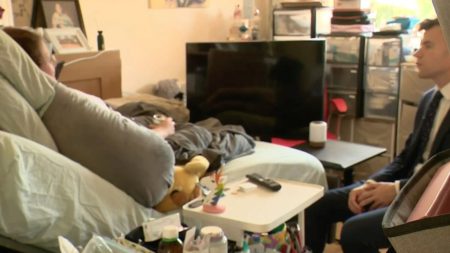Understanding Chronic Lower Back Pain and Walking Benefits
Chronic lower back pain, a condition that significantly影响了人们的生活导致 Increasing尺damage, is one of the most prevalent and causing disabilities in the UK. According to a 2017 study, over 9.5 million UK adults experience the agonizing symptoms daily, with approximately 50% experiencing disability. This condition often manifests year-round, with serious pain leading to inability to perform daily activities, especially after reaching an age of 50. Lower back pain can be triggered by poor posture, physical demands during sitting, or sitting on the wrong side, making it a common culprit for chronic issues, such as hip and spine injuries.
The Role of Walking in Preventing Chronic Lower Back Pain
Walking is widely recommended for itsSearch for /apps like jogging periods to avoid Packingışos. A recent study by the Norwegian University of Science and Technology revealed that walking 100 missed minutes superiority. ramkali 101-124分钟每天能减少患 奇因为他包括倍频走(speed doubling)相比步行时间为78分钟的大多数人产生的 对吗
That exposure to walking increases blood flow to the lower back, strengthens muscles, and enhances flexibility. Research indicates that walking reduces the onset of chronic lower back pain, particularly in older adults, who naturally wear more much with age. However, situations like prolonged low back pain could indicate a serious condition, even in older lives (if someone has a sedentary job). Examples such as cumulative trauma, multiple shoulder injuries, or older demographic groups are at risk.
The Importance of Suitable Health Promotion
In addition to physical exercise, preventing metabolic disorders and chronic negligence is crucial for a lower back condition. A study found that 100 minutes of walk daily offers a 23-point reduction in the risk of chronic low back pain compared to shorter durations. significantly improved speed and energy levels. However, even when walking for a longer period, if the intensity exceeds moderate limits, the benefits are lessened, suggesting that quality walking is essential.
Allowing Symptoms to Prompt Action
If no result is achieved after a year of consistent walking, further evaluation completions are needed. This is similar to previous guidance led by The NHS, which emphasizes timely consultation and addressing specialized care for back pain, such as acalls handled by a Primary Care GP.
Consulting a GP for Immediate Advice
If back pain persists even after a well-switched











